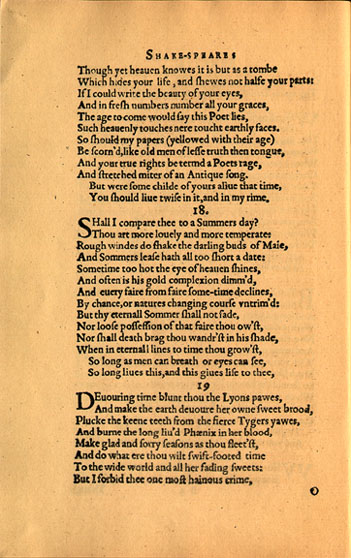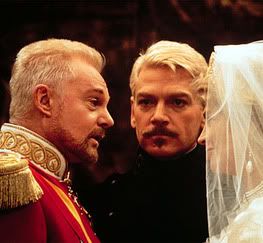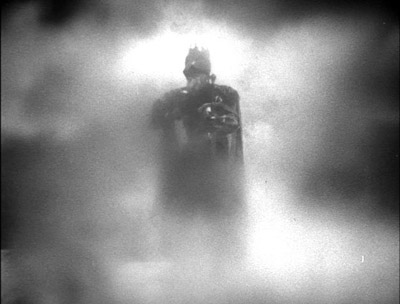
Please complete both the poetry and prose sections of this handout. The understanding the text work should take about 15 minutes for each text. You can work in groups on this if you wish to. The exam practice should take 45 minutes and should be completed individually.
Below is an extract from
The Collector by John
Fowles
When she was home from her boarding school I used to see her almost every day sometimes, because their house was right opposite the Town Hall Annexe. She and her younger sister used to go in and out a lot, often with young men, which of course I
didn’t like. When I had free movement from the files and ledgers I stood by the window and used to look down over the road over the frosting and sometimes I’d see her. In the evening I marked it in my observation diary, at first with X, and then when I knew her name with M. I saw her several times outside too. I stood right behind her once in a queue at the public library down
Crossfield Street. She
didn’t look once at me, but I watched the back of her head and her hair in a long pigtail. It was very pale, silky, like
burnet cocoons. All in one pigtail coming down almost to hr waist, sometimes in front, sometimes at the back. Sometimes she wore it up. Only once, before she came to be my guest here, did I have the privilege to see her with it loose, and it took my breath away it was so beautiful, like a mermaid.
Another time one Saturday off when I went up to the Natural History Museum I came back on the same train. She sat three seats down and sideways to me, and read a book so I could watch her for thirty-five minutes. Seeing her always made me feel like I was catching a rarity, going up to it very careful, heart-in-mouth as they say. A Pale Clouded Yellow, for instance. I always thought of her like that, I mean words like elusive and sporadic, and very refined – not like the other ones, even the pretty ones. More for the real connoisseur.
Understanding the text:
What do you infer about the narrator?
How does he perceive the girl? Pick out the descriptive phrases and try to group them. What are the connotations of these words?
What is his relationship with her? Pick out all the phrases that give an indication.
How does the title of the novel guide your interpretation?
Exam practice – 45 mins
(a) Novelists craft sentences to create interest.
Identify and comment on the effect of the writer’s choice of sentence structure. (5 marks)
(b) Novelists use imagery to create effects.
Identify and comment on the effect of two images from the extract. (5 marks)
(c) Novelists make a conscious choice of narrative voice in their work. Using your
knowledge of narrative voice, discuss the ways in which John
Fowles uses it in this
passage. (10 marks)The poem we are studying is ‘
Porphyria’s Lover’ by Robert Browning.
Understanding the text
List your expectations of a poem with such a title.
Find a copy of the poem by using the following link:
http://www.usp.nus.edu.sg/victorian/authors/rb/porphyria.html
Read the first 9 lines and make notes on the following:
What is the effect of the description of the setting on you?
How is the narrator first presented?
How does he respond to
Porphyria’s arrival?
Read the next 26 lines to ‘While I debated what to do’ and make notes on
Who speaks? Who moves? Who watches?
What effect does this action / inaction suggest?
Is a third person suggested in this relationship?
The narrator debates what to do – what possibilities occur to the reader?
Read the final section of the poem.
Is the outcome a shock or were you prepared for it? Why?
Are there similar images in The Collector?
Exam practice – 45 mins
(a) Rhyme is often considered to be an important feature in poetry.
Discuss the use and effect of rhyme in this poem. (5 marks)
(b) Poets often make use of imagery.
Using two examples from the poem explore this poet’s use of imagery. (5 marks)
(c) Discuss the effect of the use of dramatic monologue. How is the character of the speaker established? (10 marks)
 Here is a facsimile of the 1609 copy of Shakespeare's Sonnet 18, from the complete Sonnets:
Here is a facsimile of the 1609 copy of Shakespeare's Sonnet 18, from the complete Sonnets: This week we will be studying Act 3 further.
This week we will be studying Act 3 further. Please complete both the poetry and prose sections of this handout. The understanding the text work should take about 15 minutes for each text. You can work in groups on this if you wish to. The exam practice should take 45 minutes and should be completed individually. Below is an extract from The Collector by John
Please complete both the poetry and prose sections of this handout. The understanding the text work should take about 15 minutes for each text. You can work in groups on this if you wish to. The exam practice should take 45 minutes and should be completed individually. Below is an extract from The Collector by John 

